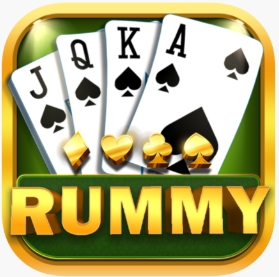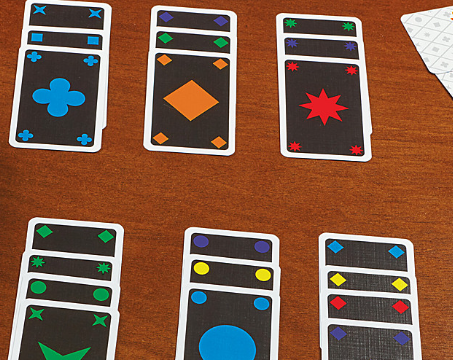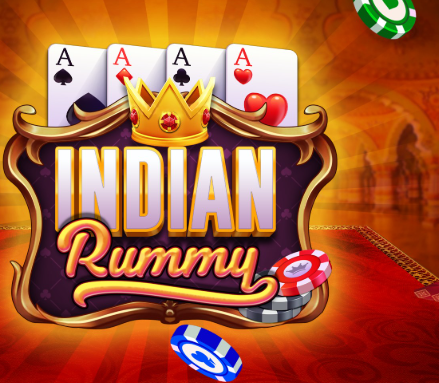pronostico psg vs girona

free online minecraft game
jm77777
Ten regions bring fertility treatment under reimbursement programsmega casino world ph
---
12 Step Rummy: A Comprehensive Guide to Mastering the Game
Are you looking for an exciting card game that can keep you entertained for hours on end? Look no further than 12 Step Rummy! This classic game is a variation of the popular and beloved Rummy, with a unique twist that adds new layers of strategy and excitement. Whether you're a seasoned card player or new to the world of Rummy, this comprehensive guide will take you through the twelve steps of 12 Step Rummy and teach you everything you need to know to become a master of the game.
Step 1: Getting Started
The first step in becoming proficient in 12 Step Rummy is to understand the basic rules and setup of the game. To begin, gather two to six players and a standard deck of 52 playing cards. Remove the Jokers from the deck and shuffle thoroughly. Each player is then dealt 10 cards face-down, one at a time, and the remaining cards are placed in the center of the table, forming the draw pile.
Step 2: Goal of the Game
Like traditional Rummy, the primary objective in 12 Step Rummy is to form sets and runs of cards and get rid of all your cards before your opponents. To do this, you must meld cards into valid combinations and then discard any unwanted cards to the discard pile. The first player to empty their hand becomes the winner of the round.
Step 3: Melding Cards
In 12 Step Rummy, there are two types of melds you can create: sets and runs. A set consists of three or more cards of the same rank, while a run is a sequence of three or more cards in the same suit. For example, a set can be formed using the King of Hearts, King of Diamonds, and King of Spades, whereas a run can be made up of the 7 of Clubs, 8 of Clubs, and 9 of Clubs.
Step 4: The First Move
After the initial deal, the player to the left of the dealer goes first. They have the option to either draw the top card from the draw pile or pick up the top card from the discard pile. The chosen card can then be used to form melds or discarded if not needed. The turn then passes to the next player in a clockwise direction.
Step 5: Building on Melds
As the game progresses, players can build on existing melds by adding cards to them. For instance, if a player has already laid down a run of 3, 4, and 5 of Hearts, they can add a 6 of Hearts to extend the run further. This allows players to create larger melds and increase their chances of winning.
Step 6: Picking Up Discards
In 12 Step Rummy, you have the option to pick up a discard from the previous player's turn instead of drawing from the draw pile. However, when doing so, you must incorporate the discarded card into a meld immediately. This rule prevents players from stockpiling useful cards and forces them to make quick decisions.
Step 7: Freezing Melds
If you have a meld on the table, you can "freeze" it to protect it from being tampered with by other players. Freezing a meld means that no additional cards can be added or taken from it until your next turn. This strategy can be particularly useful when you have a high-value meld that you want to safeguard.
Step 8: Going Out
When you've formed valid melds and have no remaining cards in your hand, you can declare that you're going out. However, before doing so, you must ensure that all your melds are valid and that the total value of unmelded cards in your opponents' hands exceeds a certain threshold. This precaution ensures that players cannot prematurely end the round without giving others a fair chance to play.
Step 9: Scoring the Round
Once a player goes out, the round ends, and the remaining players tally up the value of the cards left in their hands. In 12 Step Rummy, each card carries a specific point value: Ace (1 point), face cards (10 points), and number cards (equal to their face value). The total points are then awarded to the player who emptied their hand, while the others score based on the cards remaining in their hands.
Step 10: Re-shuffling and Dealing
After scoring the round, the cards are collected and reshuffled. The player to the right of the previous dealer becomes the new dealer, and the process begins again. This rotation ensures that everyone gets a chance to deal and that the game remains fair and balanced.
Step 11: Special Rules and Variations
While the basic rules of 12 Step Rummy remain constant, there are several special rules and variations that players can incorporate to add spice to the game. For instance, some players choose to include Jokers as wild cards, allowing them to represent any card in a meld. Others may opt for a "knocking" option, where players can knock on the table instead of going out, with the lowest score at the end winning the round. These variations can make the game even more thrilling and add an extra layer of strategy to each round.
Step 12: Practice and Enjoy the Game
As with any game, the key to truly mastering 12 Step Rummy is practice. The more you play, the more familiar you become with the strategies, meld combinations, and the overall flow of the game. Additionally, don't forget to enjoy the game and have fun with your fellow players. The camaraderie and competitive spirit that 12 Step Rummy fosters make it not just a card game but an excellent way to connect with friends and family.
Now that you've learned the twelve steps of 12 Step Rummy, it's time to gather your friends, grab a deck of cards, and dive into the world of melds, runs, and strategic gameplay. Remember, practice, patience, and a dash of luck are all it takes to become a champion in this captivating card game!
ph444 slot login register,okjl space,ig777 download
mega casino world ph,spin ph 6



